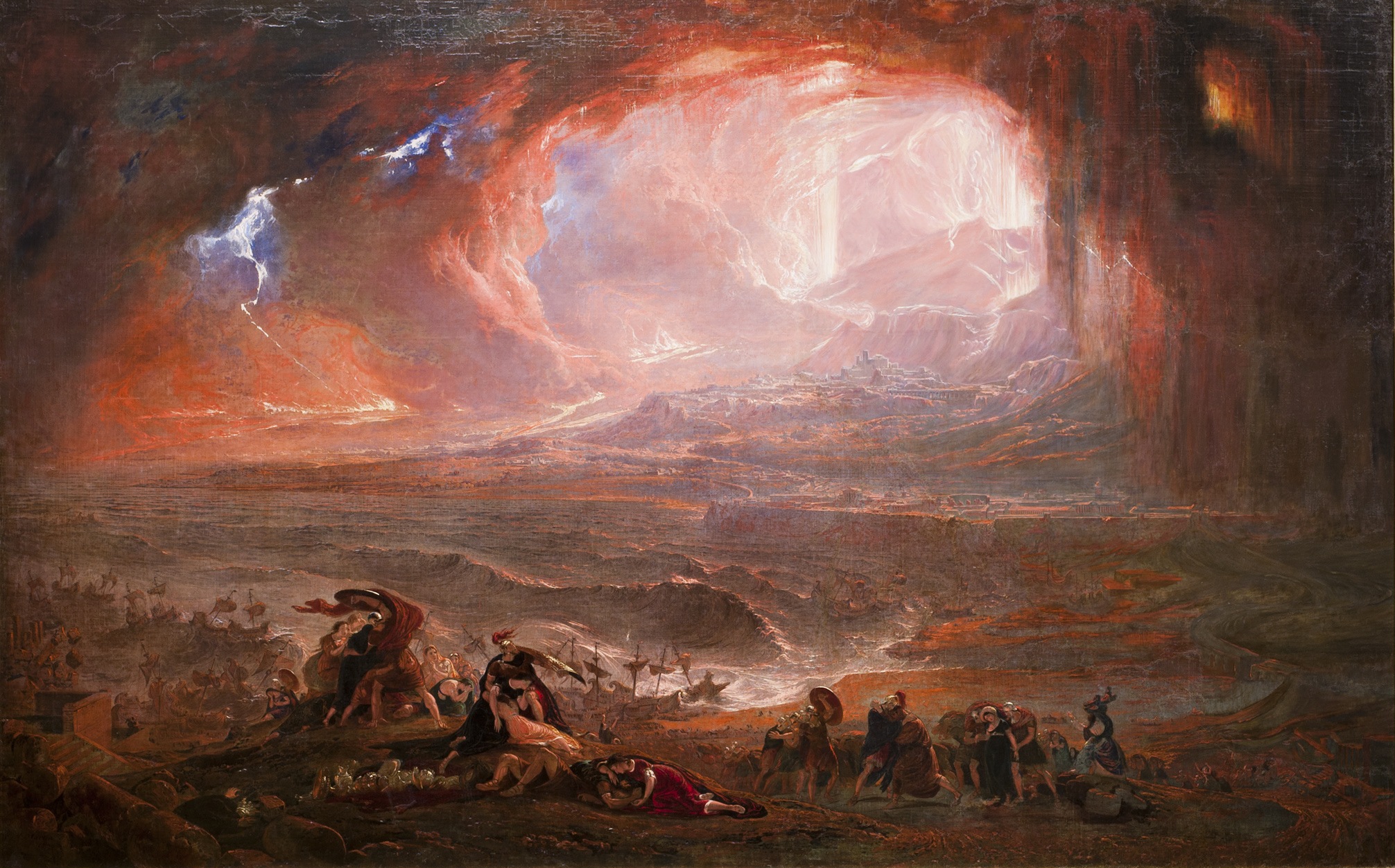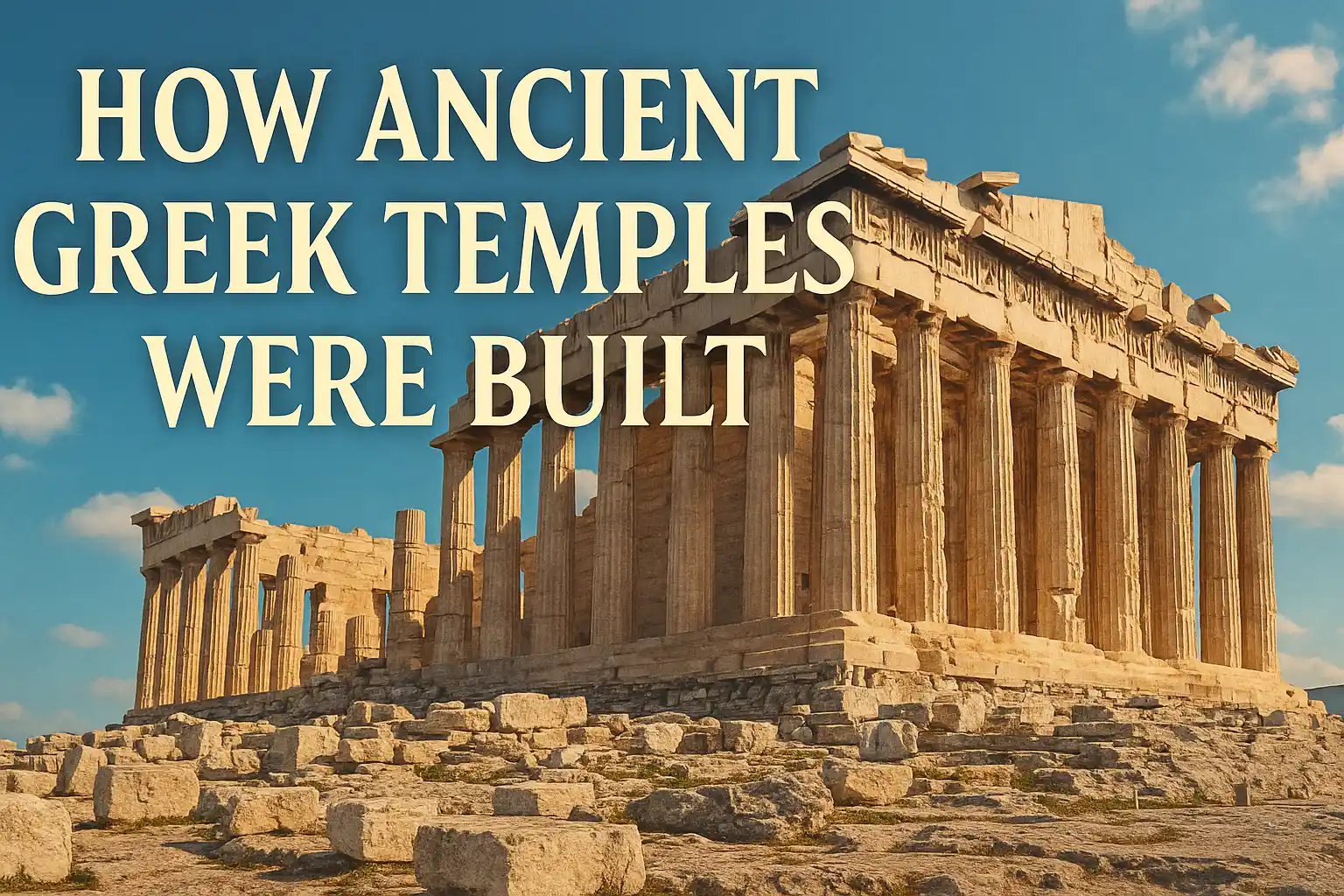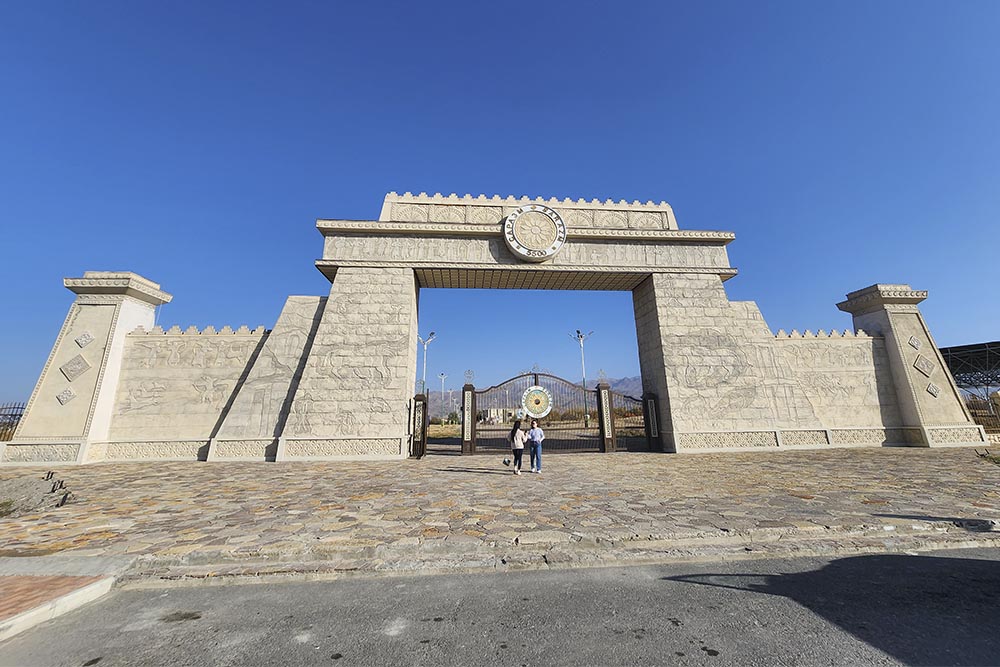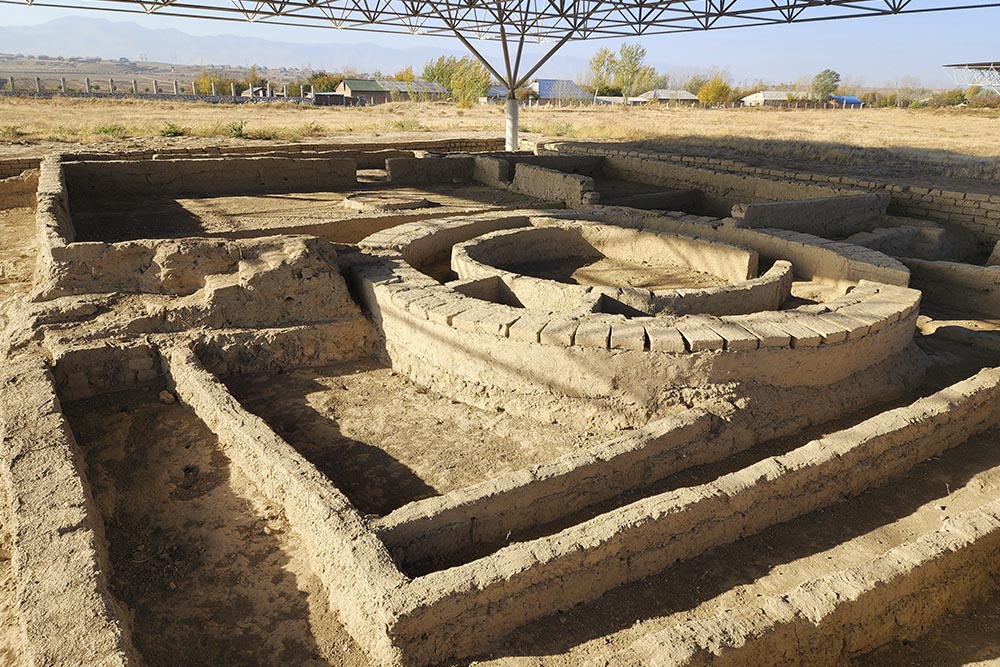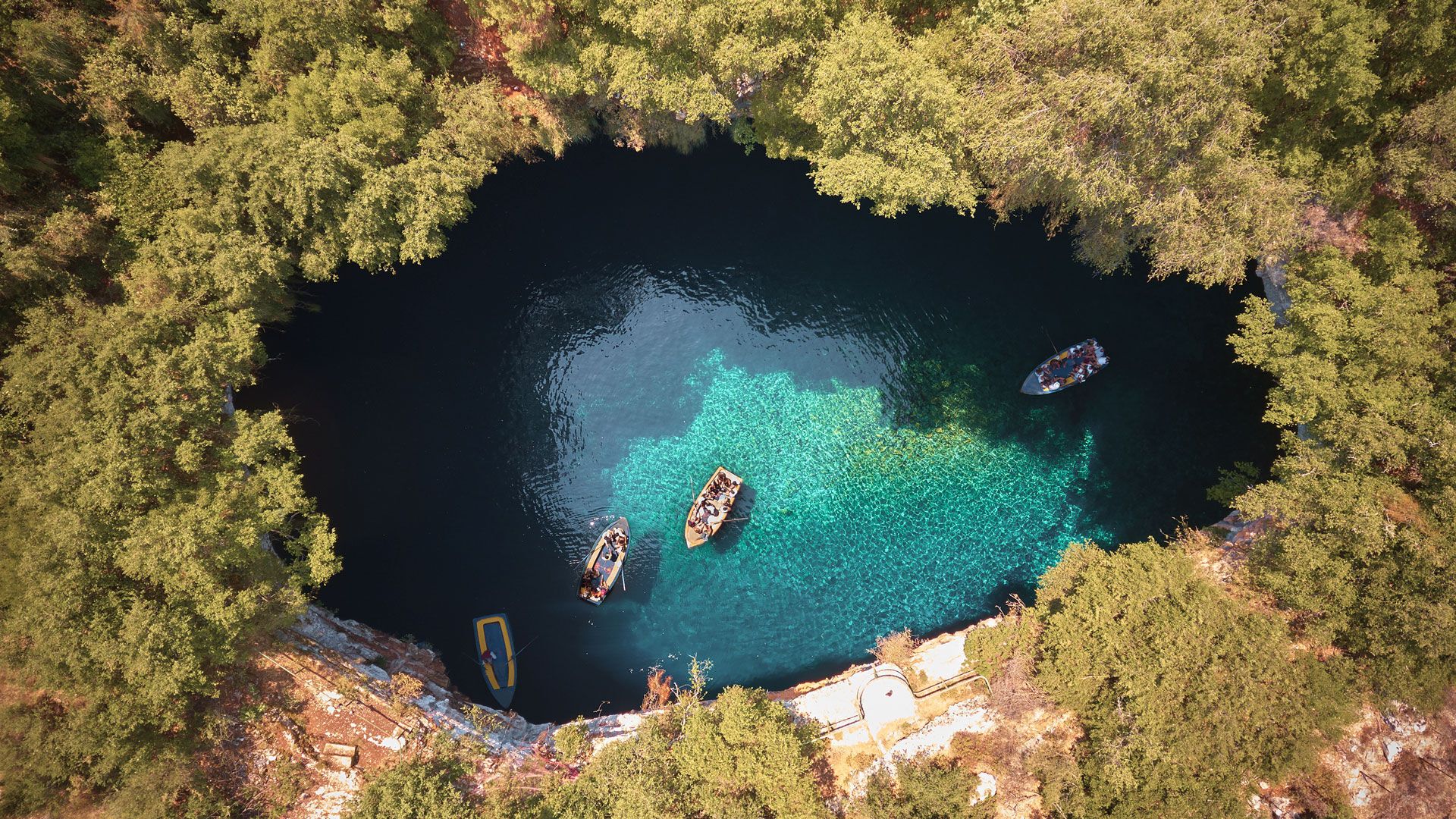
In the golden cradle of early human civilization, long before the rise of Babylon or the pharaohs of Egypt, an extraordinary settlement was already thriving in the fertile valleys of Central Asia. Situated near the Zerafshan River in what is now northwestern Tajikistan, Bronze Age Sarazm stands as one of the oldest known urban sites in the region, dating back over 5,500 years.
What makes Sarazm especially remarkable is not just its age, but its sophistication. In an age when much of the world still lived in scattered tribal villages, the people of Sarazm were already building multi-room homes, forging tools from metal, trading semi-precious stones across vast distances, and practicing religious rituals around sacred fire altars.
Modern archaeology often highlights the great cities of the Fertile Crescent, but Sarazm challenges us to expand our understanding of where — and how — civilization began to take root. Today, this long-forgotten city has reemerged from the earth to tell a powerful story of innovation, resilience, and early human ingenuity.
Discovery of an Ancient Wonder
Sarazm’s rediscovery was not the result of years of painstaking academic research. Instead, it began in 1970 with the chance discovery of a small bronze implement by a farmer in the area. Intrigued, local experts conducted preliminary surveys, and soon, a team of archaeologists from the nearby city of Panjakent arrived to investigate further.
What they found exceeded all expectations. Hidden beneath centuries of silt and soil was a complex Bronze Age settlement that appeared to have been a thriving hub of agriculture, craft production, religious activity, and regional trade. The city’s sheer scale and age shocked even seasoned archaeologists.
According to UNESCO, which later designated Sarazm a World Heritage Site in 2010, the site represents the earliest evidence of proto-urban development in Central Asia. Unlike many ancient cities, Sarazm was not built atop previous ruins — it was the foundation of civilization itself in that region.
Architecture and City Planning in the 4th Millennium BCE
One of the most impressive features of Bronze Age Sarazm was its advanced architecture. Excavations revealed multi-room residences made from sun-dried clay bricks, supported by timber and stone. Some homes even included private courtyards, work areas, and spaces likely used for cooking, storage, and domestic rituals.
These structures were not rudimentary huts. They demonstrated a grasp of environmental design, with built-in systems for ventilation and sunlight. Walls were thick for insulation, and some buildings used strategically placed openings to allow airflow — offering both comfort and temperature control.
Even more remarkable were the sacred structures uncovered at the site. Several circular fire altars and ceremonial platforms suggest a spiritual culture centered around fire worship — possibly one of the earliest manifestations of this practice in the region. Though the deities remain nameless, the architectural evidence speaks to the people’s devotion and spiritual identity.
These details have drawn comparisons to religious structures found in early Indo-Iranian cultures, hinting at a continuity of belief systems that may have stretched across centuries and territories. According to Harvard’s Center for the Study of World Religions, early fire worship in Central Asia may have laid the conceptual groundwork for Zoroastrianism, which emerged over a millennium later.
Sarazm’s Metallurgical Brilliance
Perhaps the most significant factor in Sarazm’s rise was its mastery of metalworking. The inhabitants had access to rich deposits of copper and tin — the essential components of bronze — and evidence suggests they refined these materials on-site using early smelting techniques.
Bronze Age Sarazm produced an array of tools, weapons, and ornamental objects, including intricately crafted jewelry made from gold, silver, and precious stones. The skill of its artisans rivaled that of contemporaneous cultures in Mesopotamia and the Indus Valley.
What’s particularly notable is that Sarazm wasn’t just using metal — it was exporting it. Archaeologists have found materials that originated far beyond the local region, such as lapis lazuli from Badakhshan (modern Afghanistan) and turquoise from the Ferghana Valley, suggesting that Sarazm was an active node in a prehistoric trade network.
The city’s economic activity predates the Silk Road by millennia, but it foreshadows the globalized trade patterns that would define that route. The Smithsonian Magazine has described Sarazm as a crucial site for understanding how early commerce helped spread not just goods, but ideas, technologies, and culture across entire regions.
Trade Routes and Cultural Exchange
What allowed a settlement like Sarazm to flourish for over a millennium? The answer lies in its strategic location and its cultural openness. Nestled between what are now Tajikistan, Uzbekistan, and northern Afghanistan, the city lay at a crossroads of early migration, trade, and communication.
Goods from distant regions passed through its gates: obsidian tools from the Iranian plateau, seashells from the Arabian Gulf, and painted ceramics bearing stylistic influences from both East and West. These findings suggest that Sarazm was more than a producer — it was a cultural sponge, absorbing and adapting ideas from the societies it traded with.
Sarazm’s residents likely interacted with the Bactria-Margiana Archaeological Complex (BMAC) to the south and the early steppe cultures to the north. These exchanges shaped everything from clothing styles to farming techniques, creating a uniquely blended urban culture. This kind of hybridization is a hallmark of complex civilizations — and one that gives Sarazm its unique fingerprint.
For further reading, see this National Geographic exploration on how Bronze Age cities served as multicultural trading posts.
A Life Rooted in the Land
In addition to their metallurgical and trade achievements, the people of Sarazm developed highly efficient agricultural systems. The settlement had not one but two irrigation systems—one fed by the Zerafshan River for crops in the valley, and another using a terraced layout to support agriculture on the surrounding hillsides.
Archaeobotanical studies have identified staple crops such as wheat, barley, and lentils, alongside evidence of wild fruit harvesting, including olives, pistachios, and the medicinally valuable sea buckthorn. These food sources contributed to a nutritionally diverse and sustainable diet.
Livestock, especially cattle, were also essential to Sarazm’s way of life. The community likely used cattle not just for meat, but for dairy, plowing, and transport. The sophistication of their agropastoral system illustrates how Sarazm achieved long-term stability — a lesson many ancient cities failed to learn.
It’s worth noting how this kind of ecological awareness stands in contrast to the environmental overreach seen in other Bronze Age cities that collapsed due to drought or soil depletion. Sarazm may have survived as long as it did precisely because it respected the limits of its natural environment.
The Sudden Decline and Eventual Rediscovery
Despite its brilliance, Sarazm could not escape the shifting tides of history. Around 2000 BCE, the city experienced a sharp and sudden decline. While the precise reasons remain speculative, the most widely accepted theory is that incursions from the Andronovo culture, a nomadic group originating in present-day Kazakhstan, may have destabilized the city.
These new arrivals, who brought horses and possibly more aggressive forms of settlement, disrupted existing trade and agricultural systems. Over time, Sarazm’s population diminished, and its structures fell into disrepair.
Remarkably, the site was never fully destroyed or built over. It lay dormant for over three millennia until its accidental rediscovery in the 20th century. Today, it serves not only as an archaeological treasure trove but as a historical anchor, reminding us that many great civilizations have been lost and are only now being found.
To explore another powerful example of prehistoric culture and forgotten cities, visit this related article on Maxmag.org, which covers Göbekli Tepe — a site that predates even Sarazm and offers similar lessons in early human ingenuity.
Frequently Asked Questions
What is Bronze Age Sarazm?
Sarazm was a proto-urban settlement in Central Asia that existed from approximately 3500 to 2000 BCE. It is renowned for its metallurgy, architecture, and trade networks.
Where is Sarazm located?
The archaeological site is located in northwestern Tajikistan near the Zerafshan River, close to the Uzbekistan border.
Why is Sarazm important?
Sarazm is among the oldest known urban sites in Central Asia. It offers insight into early technological development, agriculture, and religious practices before the invention of writing.
Did Sarazm have any written language?
No evidence of a written script has been discovered, making it one of the more enigmatic ancient civilizations studied today.
Can visitors explore Sarazm today?
Yes. The site is open to visitors and is protected under UNESCO World Heritage status, with some remains and exhibits viewable on-site.
What caused the decline of Sarazm?
While the cause is still debated, it’s believed that external pressures from migrating groups like the Andronovo culture led to the city’s gradual abandonment.

